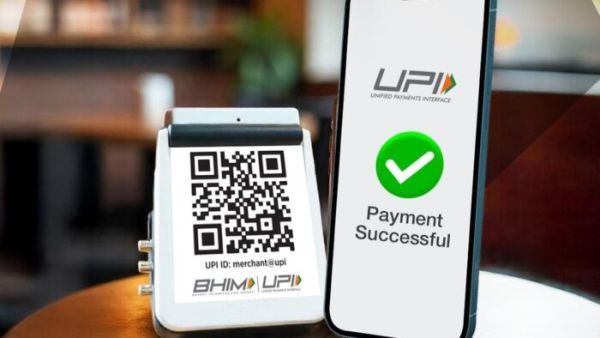UPI (Unified Payments Interface) developed by India has now become the fastest and largest system of digital payments in the world. According to a recent report, UPI is now handling more than 18 billion transactions every month. It has left behind veterans like Visa of America and WeChat Pay of China.
Some of the major data of UPI
- Monthly transaction: More than 18.39 billion
- Transaction Value (June 2025): ₹ 24 lakh crore+
- Daily transactions: 650 million (over 639 million of Visa)
- Total turnover in 2024–25: ₹ 261 lakh crore
- Total UPI users in India: 49 crores+
- Banks and traders connected to UPI: 675 banks, 65 lakh traders
Extension in 7 countries and targets 20 countries
UPI is not limited to India only. It is now working in countries like UAE, Singapore, Bhutan, Nepal, Sri Lanka, France and Mauritius. The Government of India aims to activate it in 20 countries by 2028.
Why did UPI get so much success?
- Interoperability: Transaction possible by any bank or app
- QR code-based payment: From small shopkeepers to big traders, everyone facilitates
- Simple UI and Zero Fee: Free and easy for customers and traders
- Measurement of Jan Dhan, mobile and digitization: Result of India’s Digital India campaign
International Identity and Next Steps
- International institutions such as IMF and World Bank have praised UPI.
- Attempts to make it global standard in G20 Summit and BRICS meetings
- India wants other developing countries to adopt digital models like UPI
The UPI of India is not only technically advanced, but it has become a symbol of the country’s economic inclusion, digital empowerment and global leadership. In the coming times, it can become an ideal model of digital payment for the world.





